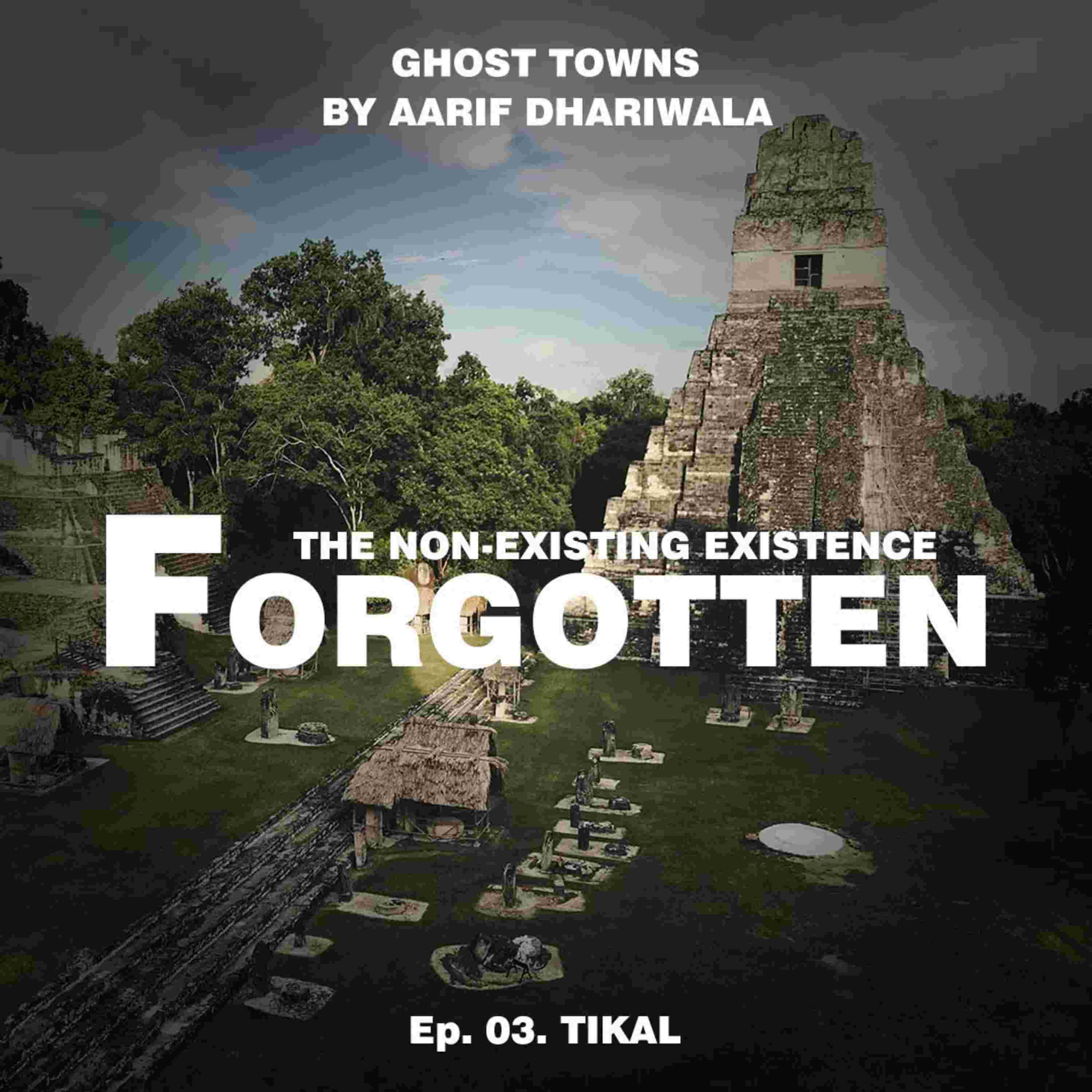

Tikal is situated in the Petén District of northern Guatemala, within a huge woodland tract known as the Maya Forest, which stretches into bordering Mexico and Belize. Tikal is among the few Heritage Places inscribed according to both ecological and historic criteria for its extraordinary biodiversity and archaeological importance. The Great Plaza, the Twin Pyramid Complexes, ballrooms, gardens, roads, palaces, temples, ceremonial platforms, small and medium-sized houses, the Lost World Complex, and large and small squares are all found inside and outside the urban zone. These extraordinary documents cover the years 292 BC to 869 AD and document the lives of 33 Maya rulers who ruled over a huge territory in the ancient Maya kingdom. Tikal was excavated by a team of archaeologists from U Penn's museum. The dig went on between 1956 and 1969. Tikal National Park, founded in the 1950s and named a UNESCO World Heritage site in 1979, is centered on the Tikal ruins.